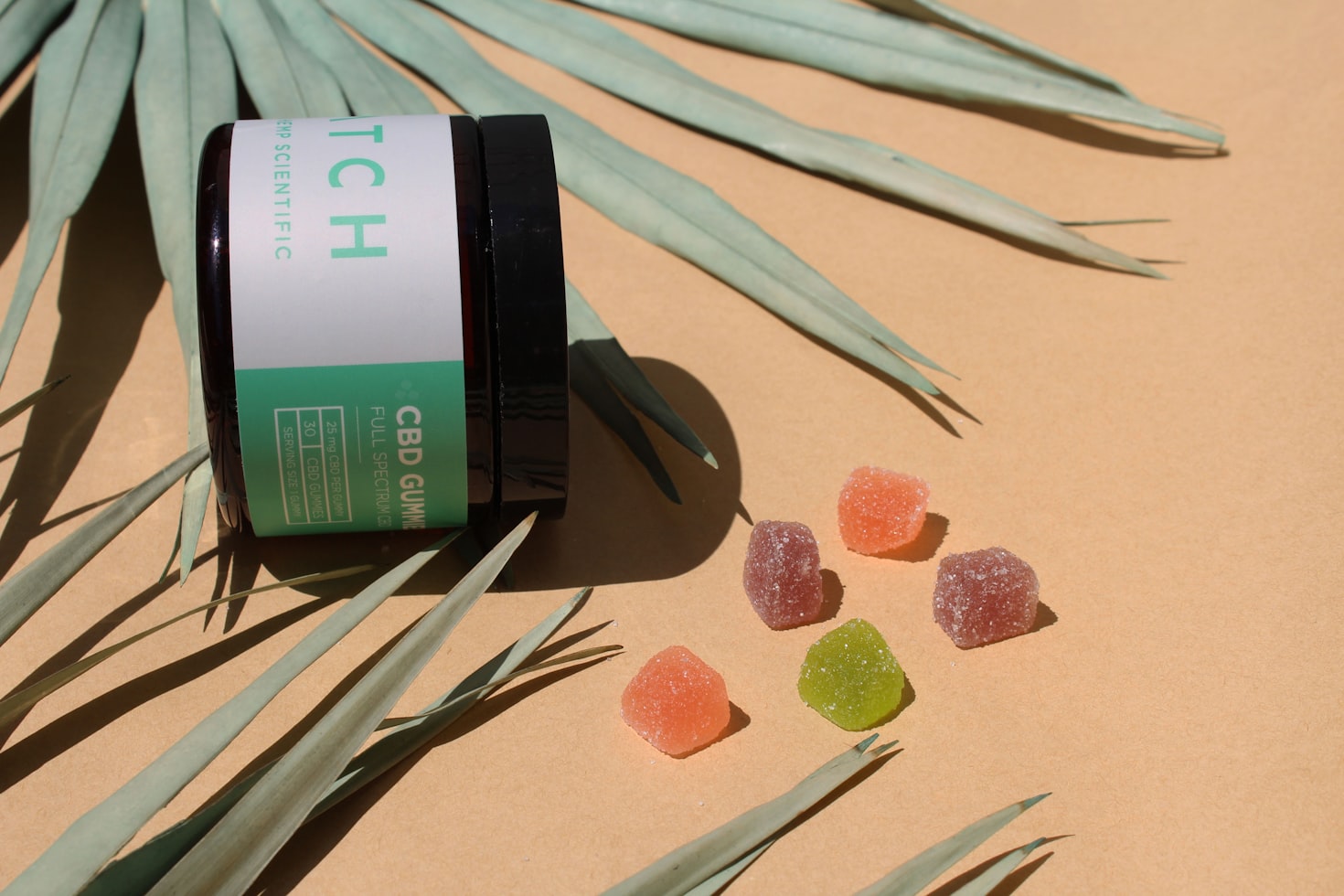How To Get Enough Fat On The Keto Diet
The ketogenic diet, or keto diet, is a low-carb, high-fat diet that has gained popularity for its potential health benefits, including weight loss and improved mental clarity. However, one of the challenges of following a keto diet is ensuring you consume enough fat to maintain ketosis, a metabolic state where your body burns fat for fuel instead of carbohydrates. In this article, we will explore various strategies to help you get enough fat on the keto diet.
Understanding the Keto Diet
Before diving into the specifics of getting enough fat on the keto diet, it’s important to understand the basic principles of this eating plan. The keto diet typically consists of consuming 70-75% of your daily calories from fat, 20-25% from protein, and only 5-10% from carbohydrates.
Choose Healthy Sources of Fat
When following the keto diet, it’s crucial to prioritize healthy sources of fat to support overall health and well-being. Some excellent sources of healthy fats include:
- Avocados: Avocados are rich in monounsaturated fats, which can help reduce bad cholesterol levels and promote heart health.
- Olive oil: Olive oil is a staple in the Mediterranean diet and is packed with heart-healthy monounsaturated fats.
- Coconut oil: Coconut oil contains medium-chain triglycerides (MCTs), which are easily converted into ketones, making it an ideal fat source for the keto diet.
- Nuts and seeds: Almonds, walnuts, chia seeds, and flaxseeds are all excellent sources of healthy fats.
- Fatty fish: Salmon, mackerel, and sardines are rich in omega-3 fatty acids, which have been shown to reduce inflammation and support brain health.
- Grass-fed butter and ghee: These dairy products are high in saturated fats and can add flavor to your meals.
Include High-Fat Proteins
While fat is the primary macronutrient on the keto diet, it’s important to include adequate protein to support muscle growth and repair. However, not all protein sources are high in fat. To ensure you’re getting enough fat from your protein sources, consider incorporating the following:
- Fatty cuts of meat: Opt for cuts of meat with higher fat content, such as ribeye steak or chicken thighs with the skin on.
- Fatty fish: As mentioned earlier, fatty fish like salmon and mackerel are not only high in healthy fats but also provide a good amount of protein.
- Eggs: Whole eggs, including the yolk, are an excellent source of both fat and protein.
- Full-fat dairy products: Choose full-fat options like cheese, yogurt, and heavy cream to increase your fat intake.
Use Healthy Cooking Oils
The cooking oils you use can significantly impact the fat content of your meals. Opt for healthy cooking oils that are high in monounsaturated or saturated fats, such as:
- Olive oil
- Coconut oil
- Avocado oil
- Ghee
These oils not only add flavor to your dishes but also provide a good amount of healthy fats.
Incorporate High-Fat Snacks
Snacking can be a challenge on the keto diet, as many traditional snack options are high in carbohydrates. However, there are plenty of high-fat snacks that can help you meet your fat intake goals. Consider the following options:
- Olives
- Macadamia nuts
- Cheese
- Hard-boiled eggs
- Avocado
- Dark chocolate (with at least 70% cocoa content)
These snacks not only provide a good amount of fat but also offer various other nutrients and health benefits.
Plan Your Meals in Advance
Meal planning is a crucial aspect of successfully following the keto diet. By planning your meals in advance, you can ensure you’re consuming enough fat and staying within your desired macronutrient ratios. Consider using meal planning apps or websites that provide keto-friendly recipes and track your macronutrient intake.
FAQs
1. Can I consume too much fat on the keto diet?
While the keto diet is high in fat, it’s important to consume the right types of fat and not overdo it. Focus on healthy sources of fat and be mindful of your overall calorie intake to avoid excessive fat consumption.
2. Can I follow the keto diet if I have high cholesterol?
Research suggests that the keto diet may help improve cholesterol levels by increasing levels of HDL (good) cholesterol and reducing levels of LDL (bad) cholesterol. However, it’s always best to consult with a healthcare professional before starting any new diet, especially if you have underlying health conditions.
3. Can I be on the keto diet if I’m a vegetarian or vegan?
Yes, it is possible to follow a vegetarian or vegan keto diet. However, it may require careful planning to ensure you’re getting enough fat and protein from plant-based sources. Consider incorporating foods like avocados, coconut oil, nuts, seeds, and plant-based protein sources like tofu and tempeh.
4. Can I consume too much protein on the keto diet?
While protein is an essential macronutrient, consuming excessive amounts of protein on the keto diet can potentially hinder ketosis. It’s important to strike a balance and ensure your protein intake is moderate and within the recommended range.
5. Can I have cheat days on the keto diet?
Cheat days, where you consume high-carb foods, can disrupt ketosis and make it challenging to get back into the fat-burning state. It’s generally recommended to avoid cheat days or opt for keto-friendly alternatives to satisfy cravings.
6. Can I consume processed foods on the keto diet?
While it’s possible to find processed foods that are low in carbohydrates and high in fat, it’s generally best to prioritize whole, unprocessed foods on the keto diet. Processed foods often contain additives, unhealthy fats, and hidden sugars that can hinder your progress and overall health.
Summary
Getting enough fat on the keto diet is essential to maintain ketosis and reap the potential benefits of this eating plan. By





